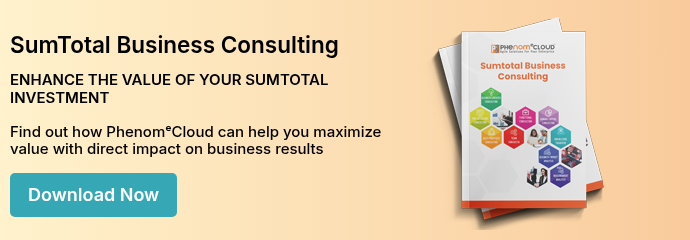
When you ask us about how to build the business
case to replace your LMS, you might not expect our first question.
Who wants to replace it and why?
Who matters because the right decision-makers must support the initiative. Why is important because when it comes down to the decision, the only thing that matters is business results.
What are the points of resistance in your organization? Does your company regard L&D only as a cost center? If so, it is not likely that spending more on a new learning platform will excite your CFO.
o line-of-business leaders know what value learning will add to their bottom line? If not, you will see no cheerleaders there.
Will you be competing for budget against revenue-producing operations? If they don’t see a direct connection to revenue, you will not have much support.
LMS Dissatisfaction
In Brandon Hall Group’s 2016 e-Learning trends survey, 48% of respondents said they are seeking new or different learning technology.[1]
Why so much discontent?
We find the answer in the 70:20:10 model of learning development and in the experience of the people in your organization with traditional learning delivery.
The 70:20:10 concept was developed in the 1980s as a model for effective manager training by researchers at
the Center for Creative Leadership. It is now widely accepted as a general guideline for learning of all types. It tells us that the most valuable learning is job-related experience, yet most vendors designed their LMS applications to deliver and administer formal training – the least valued learning experience.
Most leaders are well aware of the issue. For years, they were sent to training programs to learn skills soon to forgot when they returned to the job.
If your platform doesn’t deliver learning when and where people need it on the job in ways that engage them, they probably see it as mostly useless except to provide mandatory training.
The New LMS
Today, the entire landscape of learning systems is changing. Modern platforms facilitate interactive video, micro-learning, mobile learning, and gamified interactive learning delivered exactly at the point and time of need. On-demand interactive tutorials provide quick refreshers to reinforce training. The entire learning experience has changed.
However, the challenge remains: how do you energize the support for a new LMS which will likely be more expensive that the old one?
Creating Alliances
In building business cases, launching new programs, or making any change effort, we place a lot of emphasis on finding an executive sponsor to champion new idea
We think the right approach is to cultivate the support of many champions by making the discussions about their objectives.
- Begin with informal discussions, one-on-one or in small groups, about organizational performance in general and their performance goals in particular. Explore with them how their operations create value and how modern, innovative learning methods can influence their results.
- Ask what the impact would be on their operations if their people were able to find the answers they need in real time. Explore how effective just-in-time learning, available on any device at the point of need, could help their people produce better results.
- Quantify the results. For example, try to assess what the result would be if new hires were fully proficient 10% faster. Pose questions about what a small percentage of increase in sales, revenue, or cost efficiency would mean.
The result will be allies invested in the opportunity to improve performance. Give it a try. We are sure you will find the support you need.
To help you on your way, download our free e-book on Building the Business Case for a Learning Management System. This step by step guide to preparing and presenting a fact-based business case will show you how to:
- discuss the impact of learning in the language of business,
- compare the costs of the many LMS licensing models,
- calculate the return on investment, including business impact analysis, and
- how to present your case.
The new world of learning shows great promise in preparing people to meet the challenges of the future. We hope your organization can capitalize on this opportunity.
References:
1. Cochran, Kelsey. “Brandon Hall Group eLearning Market Trends for 2016: Get More from Your Learning Management System.” eLearning Industry. May 24, 2016.
PhenomᵉCloud is a full-service technology company dedicated to helping clients solve business problems, improve the capability of their people, and achieve better results.


Leave a Comment